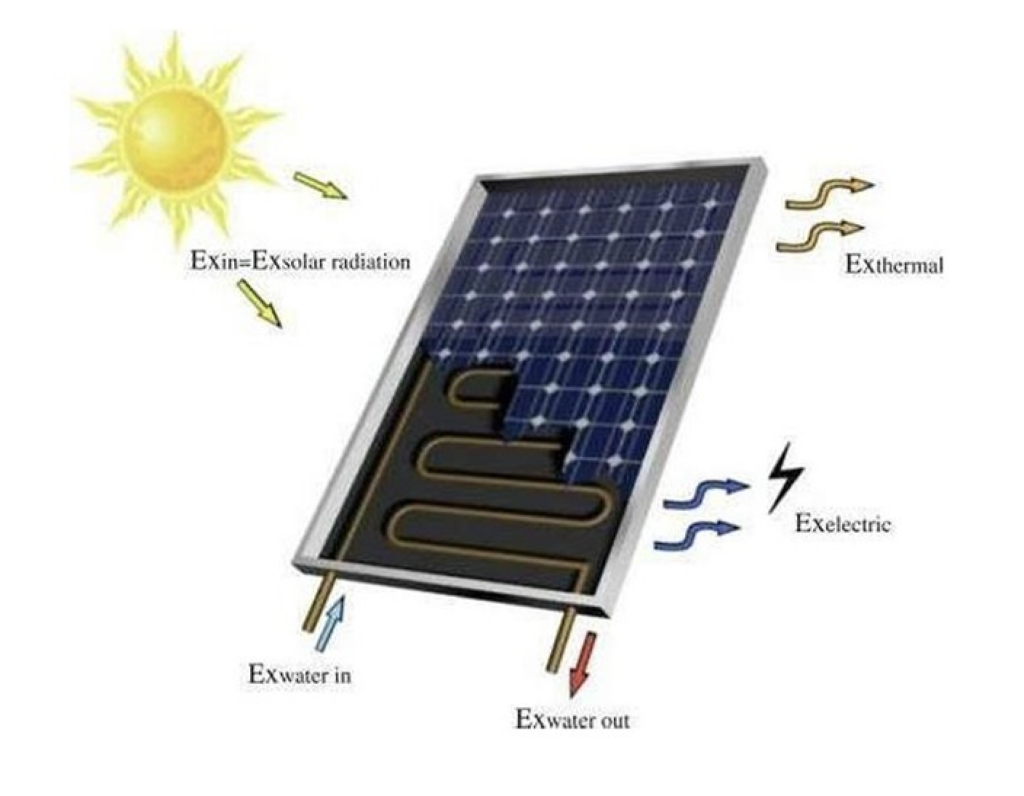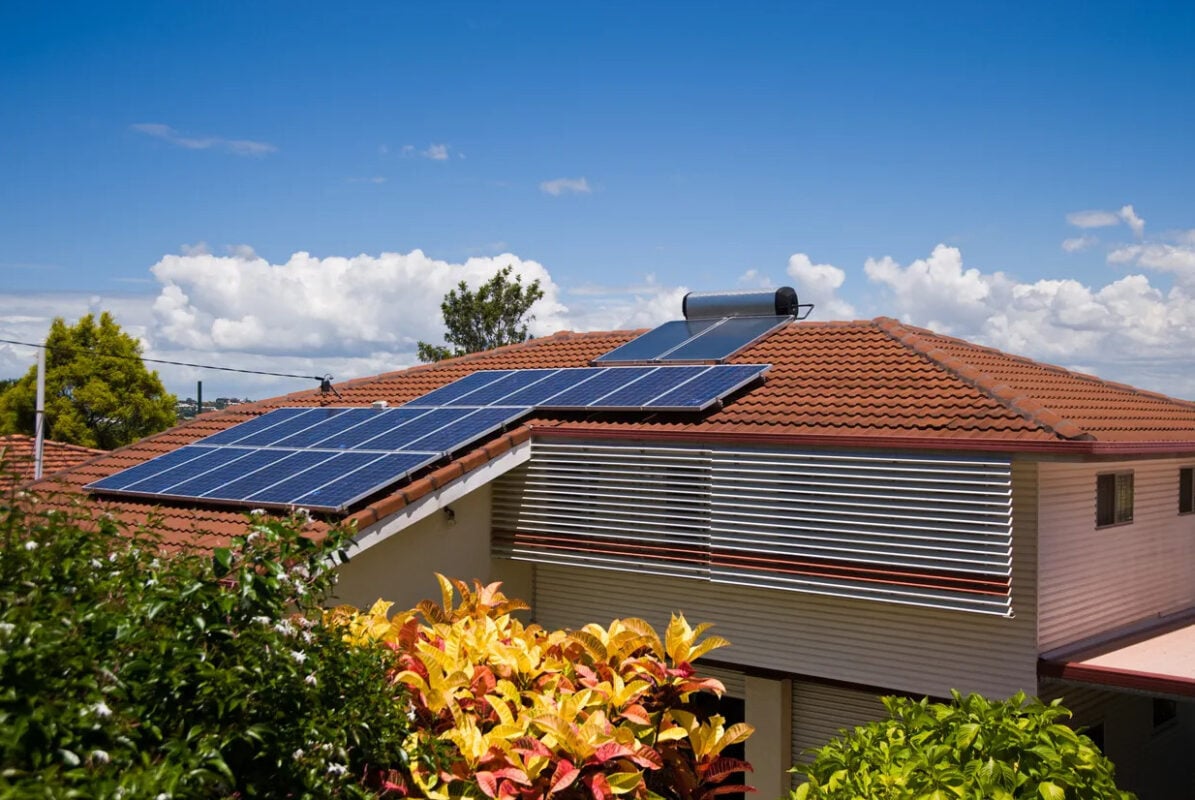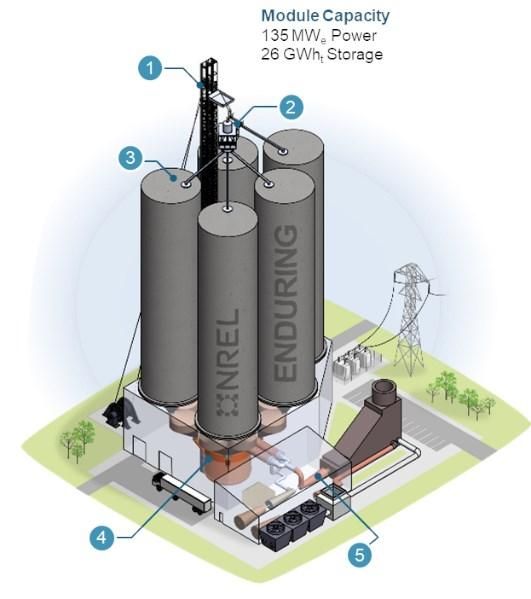EIB supports major financing package for new Baltic offshore wind project – Energies Media

Report on the Kelmė Wind Farm Project and its Alignment with Sustainable Development Goals
A significant new offshore wind project in the Baltic region, the Kelmė wind farm, has achieved a critical milestone through a major financing package supported by the European Investment Bank (EIB) and other key financial institutions. This development aligns with the global imperative to integrate renewable energy sources into the international energy market, directly supporting the United Nations Sustainable Development Goals (SDGs). The project represents a strategic investment in sustainable infrastructure as the global energy sector transitions away from conventional fossil fuels.
Financial Framework and Partnership for the Goals (SDG 17)
Ignitis Energy has successfully secured a substantial non-recourse project financing package, demonstrating a powerful multi-stakeholder partnership essential for achieving the SDGs. This collaboration between commercial and institutional lenders exemplifies SDG 17 (Partnerships for the Goals).
Financing Details
The total financing secured for the project amounts to €318 million. This funding is designated to cover the operational costs of the Kelmė wind farm, which has been operational since June 2025.
Key Financial Partners
The consortium of lenders highlights a robust partnership between public and private financial entities:
- European Investment Bank (EIB): €100 million
- European Bank for Reconstruction and Development (EBRD): €79.5 million
- Nordic Investment Bank (NIB): €40 million
- Swedbank: €98.5 million
Advancing Affordable and Clean Energy (SDG 7) and Climate Action (SDG 13)
The Kelmė wind farm is a cornerstone project for Lithuania’s national energy strategy, making a substantial contribution to SDG 7 (Affordable and Clean Energy) by increasing the share of renewable energy in the country’s energy mix. By generating clean electricity, the project is a critical tool for climate change mitigation, directly addressing SDG 13 (Climate Action).
Project Capacity and Output
The facility’s specifications underscore its significant impact on the region’s clean energy supply.
- Total Installed Capacity: 314 megawatts.
- Energy Supply: Capable of powering approximately 250,000 Lithuanian households.
- Impact: Strengthens Lithuania’s energy self-sufficiency and reduces reliance on imported energy, contributing to national energy security and sustainable communities (SDG 11).
Fostering Sustainable Infrastructure and Economic Growth (SDG 9 & SDG 8)
The development of the Kelmė wind farm represents a major advancement in building resilient and sustainable infrastructure, a core target of SDG 9 (Industry, Innovation, and Infrastructure). The project also stimulates economic activity in the green technology sector, supporting SDG 8 (Decent Work and Economic Growth).
Technological Innovation
The project utilizes advanced technology to maximize efficiency and output.
- Turbines: The farm consists of 44 state-of-the-art Nordex N163/6.X turbines.
- Power: Each turbine has a capacity of 7.13 MW, making them the most powerful wind turbines installed in Lithuania to date.
Strategic Importance for Regional Development
The Kelmė project positions Lithuania to become a regional leader in the wind power sector. This initiative is part of a broader European trend towards renewable energy, with similar projects emerging in Germany and Poland. The expertise developed through this project will be invaluable as European nations continue to transition away from fossil fuels, fostering a sustainable economic model for the entire region.
Analysis of Sustainable Development Goals in the Article
1. Which SDGs are addressed or connected to the issues highlighted in the article?
-
SDG 7: Affordable and Clean Energy
- The article’s central theme is the development and financing of the Kelmė wind farm, a massive renewable energy project. It directly addresses the goal of ensuring access to affordable, reliable, sustainable, and modern energy for all by focusing on clean energy generation through wind power.
-
SDG 9: Industry, Innovation, and Infrastructure
- The construction of the Kelmė wind farm represents a significant investment in resilient and sustainable infrastructure. The article highlights the use of “44 state-of-the-art Nordex N163/6.X turbines,” which are described as the “most powerful wind turbines ever installed in Lithuania,” pointing to the adoption of innovative and clean technologies.
-
SDG 13: Climate Action
- The project is presented as a crucial step in the transition “away from fossil fuels towards the renewable energy sector.” By replacing conventional energy sources like “gas and coal,” the wind farm directly contributes to climate change mitigation efforts, which is the core of SDG 13.
-
SDG 17: Partnerships for the Goals
- The article emphasizes the collaborative financing model for the project. It details a “substantially large financing package” involving multiple international institutions, including the European Investment Bank (EIB), the European Bank for Reconstruction and Development (EBRD), the Nordic Investment Bank (NIB), and commercial banks like Swedbank. This multi-stakeholder partnership is essential for achieving the project’s goals.
2. What specific targets under those SDGs can be identified based on the article’s content?
-
Target 7.2: Increase substantially the share of renewable energy in the global energy mix.
- The article states that the Kelmė wind farm will “strengthen the region’s ability to be energy self-sufficient” and that “wind energy already supplying 27% of Lithuania’s electricity.” The project’s goal is to significantly increase this share.
-
Target 7.a: Enhance international cooperation to facilitate access to clean energy research and technology… and promote investment in energy infrastructure and clean energy technology.
- The financing package, supported by the EIB and other international banks, is a clear example of international cooperation promoting investment in clean energy infrastructure.
-
Target 9.4: Upgrade infrastructure and retrofit industries to make them sustainable, with increased resource-use efficiency and greater adoption of clean and environmentally sound technologies.
- The installation of “state-of-the-art Nordex N163/6.X turbines” is a direct implementation of this target, representing an upgrade to Lithuania’s energy infrastructure with clean and advanced technology.
-
Target 13.2: Integrate climate change measures into national policies, strategies and planning.
- The project is described as a “cornerstone of the Lithuanian energy sector” and part of a broader regional “transition to cleaner power.” This indicates that the development of renewable energy is a strategic priority integrated into national and regional energy planning to combat climate change.
-
Target 17.3: Mobilize additional financial resources for developing countries from multiple sources.
- While Lithuania is not a developing country, the principle of mobilizing finance from multiple sources (EIB, EBRD, NIB, Swedbank) for a sustainable development project is clearly demonstrated by the €318 million financing package.
3. Are there any indicators mentioned or implied in the article that can be used to measure progress towards the identified targets?
-
Indicator for Target 7.2: Renewable energy share in the total final energy consumption.
- The article provides a baseline figure: “wind energy already supplying 27% of Lithuania’s electricity.” The new farm’s capacity will increase this share. The company’s goal of “reaching 4–5 gigawatts (GW) of installed green generation capacity by 2030” is a quantifiable target for future progress.
-
Indicator for Target 7.a / 17.3: Total financial flows to developing countries in support of clean energy.
- The article quantifies the investment with a specific figure: “€318 million in non-recourse project financing.” It also breaks down the sources of this funding (€100 million from the EIB, €98.5 million from Swedbank, etc.), which serves as a direct measure of mobilized financial resources.
-
Indicator of increased capacity and adoption of new technology (related to Target 7.2 and 9.4).
- Specific technical details are provided that can be used as indicators: a “total installed capacity of 314 megawatts,” the potential to “power 250 thousand Lithuanian households,” and the installation of “44 state-of-the-art Nordex N163/6.X turbines.”
4. Summary Table of SDGs, Targets, and Indicators
| SDGs | Targets | Indicators |
|---|---|---|
| SDG 7: Affordable and Clean Energy | 7.2: Increase substantially the share of renewable energy in the global energy mix. 7.a: Enhance international cooperation… and promote investment in energy infrastructure and clean energy technology. |
– Total installed capacity of 314 megawatts. – Power for 250 thousand Lithuanian households. – Corporate goal of 4–5 GW of installed green generation capacity by 2030. – Total financing of €318 million. |
| SDG 9: Industry, Innovation, and Infrastructure | 9.4: Upgrade infrastructure… with greater adoption of clean and environmentally sound technologies. | – Installation of 44 state-of-the-art Nordex N163/6.X turbines. |
| SDG 13: Climate Action | 13.2: Integrate climate change measures into national policies, strategies and planning. | – The project itself, as a strategic national effort to transition away from fossil fuels (“gas and coal”). |
| SDG 17: Partnerships for the Goals | 17.3: Mobilize additional financial resources… from multiple sources. | – A multi-lender financing package of €318 million from institutions like EIB, EBRD, NIB, and Swedbank. |
Source: energiesmedia.com
What is Your Reaction?
 Like
0
Like
0
 Dislike
0
Dislike
0
 Love
0
Love
0
 Funny
0
Funny
0
 Angry
0
Angry
0
 Sad
0
Sad
0
 Wow
0
Wow
0




















































.jpg.webp?itok=0ZsAnae9#)




























